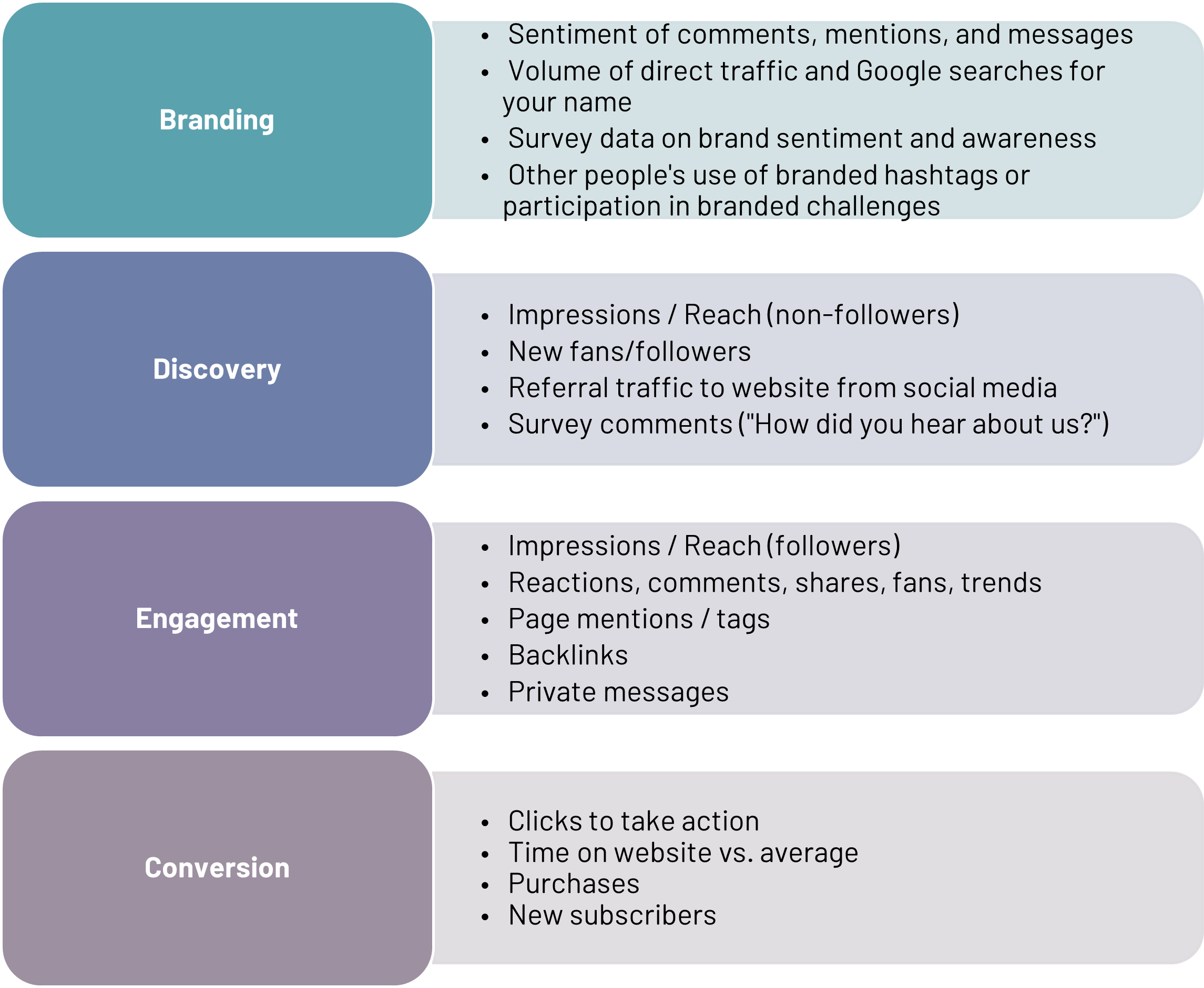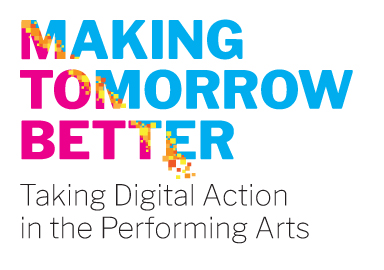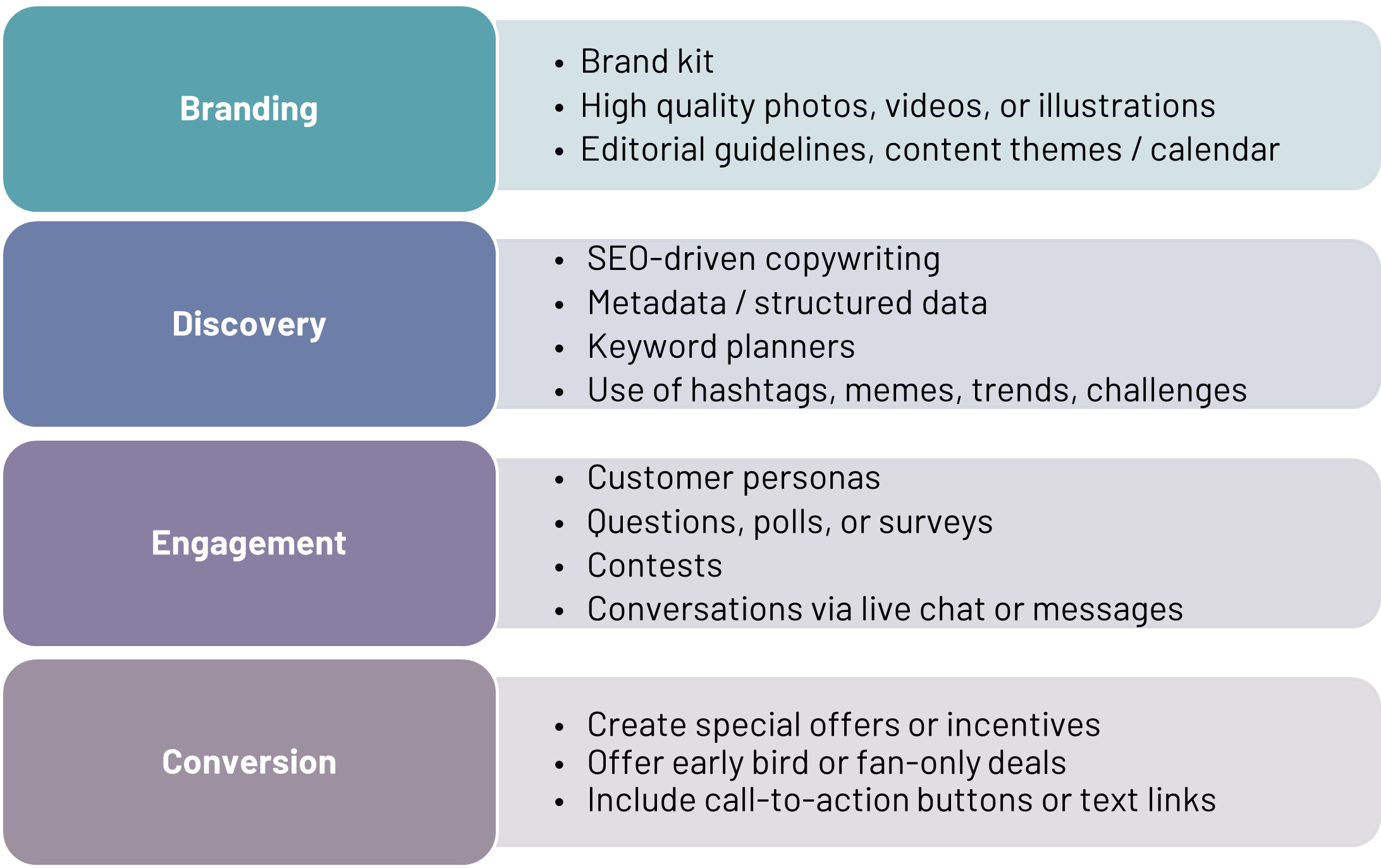Using social media strategically
Creating a profile on social networks is usually free, but creating engaging content, sharing updates, gaining followers, and engaging with people in these online communities requires a significant investment of time, and often money as well. Without a clear sense of who you are trying to reach, how, and why, it is all too easy to spend too much time on activities that do not have a positive impact on your organization’s mission and goals.
Using social media strategically does not need to be complicated. In essence, your social media strategy should:
- Support your organization’s strategic objectives
- Identify specific actions that will help your organization achieve its goals
- Outline the resources required to implement these actions successfully
- Exclude actions that are not relevant or realistically achievable, based on your objectives, goals, and resources
- Identify metrics that are relevant to your strategic approach and intended outcomes
The ROI of social media is notoriously hard to measure, not because there are no relevant metrics, but because many organizations do not have clarity on what outcome they hope to see from their investment in social media.
View or download the complete PDF file here.
Social Media Marketing November 2021
Written by Briana Doyle, Troubadours & Vagabonds Productions
With contributions and reviewed by Inga Petri, Strategic Moves
Links to Topics
Social Media Marketing – Summary
Social Media Landscape in 2021
How to use social media to support strategic objectives
Align your approach to social media with your organization’s overall marketing strategy and/or strategic plan. Write down the answers to these basic questions:
- What are you trying to accomplish?
- How will you know you are successful?
- How can you measure progress / success?
In addition to these core questions, you’ll also need to know who you are trying to reach, what you want them to do or feel, and identify triggers that will persuade your target audience to take action. Here are four key aspects to consider:
Define your target audience
Tailor the content you create and the platforms you choose to the audiences you’re trying to reach.
Who are the audiences or customers you most want to reach?
- Demographics: Age, gender, cultural background, ethnicity, location, income, etc.
- Interests: What do they like? What are their hobbies?
- Wants: What do they desire or value?
- Needs: What needs do they have? What problems can you help them solve?
- Habits: How do they spend their time online? Which social media platforms do they prefer?
- Preferences: How do they prefer to interact with you?
Focus your efforts on the social media platforms that are most appealing for your priority audiences (see the preceding sections for some hints on social media demographics by platform). If you’re not sure which ones are most interesting for your audience, ask them! You can also do keyword searches on your organization’s name or related topics, and research which sites are most effective for your competitors or for similar organizations. Brainstorm creative ideas to link what your organization does or offers with your audience’s interests, wants, needs, and habits.
What do you want your target audience to feel, think or do?
What impact do you want to make with your social media? Do you want to communicate a particular message, get people to take a particular action, or change public perceptions? Ask yourself:
- What does your audience feel, think or know about your organization, message, product, or service? How do you want this to change?
- What does your audience do now? What do you want them to do differently?
What triggers your target audience to take action or change their perceptions?
Some decisions are made with the head, and others with the heart. Approval from family or friends, advice from an expert, hopes and fears are also powerful influences on people’s choices. Think about your audience and the actions you hope they will take, whether that’s buying tickets to a show, donating to your organization, subscribing to your newsletter, or even just clicking a link you share, and ask yourself:
- What information do they need?
- How do they want or need to feel?
- Who do they trust for advice or input on this topic?
- What do they hope will happen if they act or make a change?
- What negative outcomes will they experience if they do not act or change?
Tip: Focus only on the audiences or customers that are your current priority. If you have more than one target audience, ensure you have allocated enough resources to effectively reach all of them.
Create a plan of action
Clarifying who you’re trying to reach, what you want them to do, and what inspires them to act is only the first step. Mapping out a plan of action ensures you will engage thoughtfully, creatively, consistently, and intentionally within social networks.
It can be helpful to create and use simple tools like a simple brand kit, a content calendar, SEO keyword planners, and customer personas. Invest time and money to create tools, resources, and content to support your main objective(s), whether that’s branding, discovery, engagement, conversion, etc.
Ensure your plan is relevant and realistic
There are no shortage of creative ideas for engaging on social media, but most organizations do not have unlimited resources. Take inventory of your strengths, weaknesses, opportunities, and threats. Tailor your approach to social media to make the most of the strengths and opportunities you’ve got and manage or mitigate any weaknesses or threats.
How much time and money are you prepared to invest? Who is going to do the work? How often will you publish content? How will you ensure you consistently have something worthy to say or share? Are you capable of curating or creating content yourself? Have you defined and honed your voice? Does the approach you want to take require a significant investment of time, money, or specialized skills?
Consider also the specific strengths and weaknesses of your team: who takes great photos? Who is a natural on camera? Who has a way with words? Which social media sites are they most comfortable using?
If your team lacks content creation skills or doesn’t have a lot of time or money to allocate to social media, you will either need to invest in resources to do more, or adjust the scope of your planned activities.
Measure what counts
Social media marketing can be extremely time-consuming, so if your team has a limited number of hours to spend on social media, it’s important to spend it where it will most count.
Data from social media insights, web analytics, and surveys can help provide an indication of which activities are moving the needle, and which may not be getting the results you hoped for. To avoid getting bogged down in all the data, routine reporting should focus on only a few key metrics that are important indicators of success. A more thorough look at the metrics should happen at least annually as well.
A note on metrics: It may be helpful to clarify for yourself and your team which metrics are indicators of success, and which are outcomes. Indicators are not ends in themselves but are quantifiable things that help you to know if you are on the right track to get the result you want. If the outcome you want is ticket sales, for example, you may watch not only how many tickets are sold, but how many people see the post or page with the show details, how many like or comments on a post about the show, and how many click the link for more information.
Your strategic priorities determine which metrics you should pay the closest attention to. Here are a few examples of some key performance indicators (KPIs) you could use to track to measure progress if your focus is branding, discovery, engagement, or conversion.
Tip: It’s not just the numbers that matter, it’s the story they tell.
If views, engagements, and clicks are high, but sales are low, for example, you may want to make sure your shopping cart process is functioning properly, and your pricing is in line with audience expectations.
Click to view image larger.







